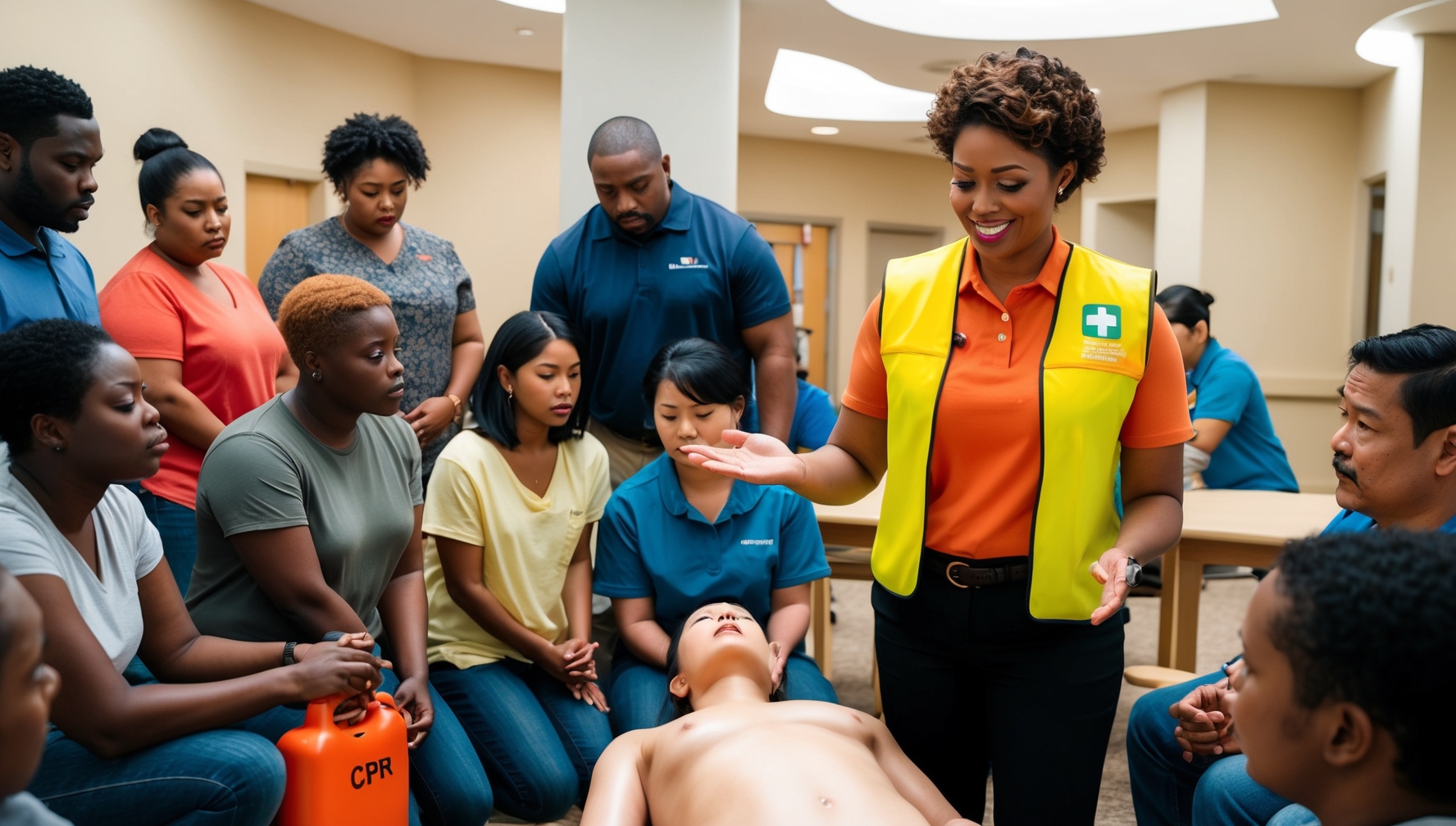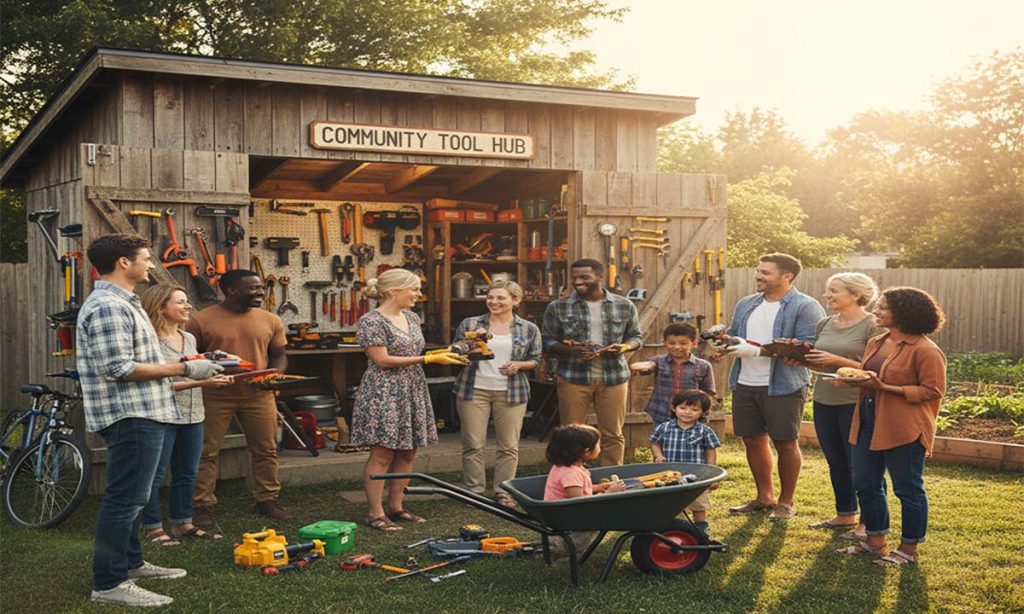First Aid and CPR (Cardiopulmonary Resuscitation) training are crucial skills that empower community members to respond effectively in emergencies. By equipping individuals with these life-saving techniques, communities can enhance safety and preparedness for a variety of situations. Here’s a comprehensive guide to organizing First Aid and CPR training for your community.
1. Identify Training Needs and Objectives
Assess Community Needs: Evaluate the specific needs of your community regarding First Aid and CPR training. Consider factors such as the size of the community, the presence of vulnerable populations (e.g., children, elderly), and common emergencies in the area. These needs assessments will help prepare the community for emergency situations.
Define Objectives: Set clear objectives for the training program. Objectives might include increasing the number of trained individuals, improving emergency response times, and enhancing overall community safety.
2. Partner with Certified Training Providers
Find Accredited Organizations: Partner with reputable organizations that offer certified First Aid and CPR training. Look for organizations like the American Red Cross, the American Heart Association, or other accredited providers.
Choose Qualified Instructors: Ensure that the training is conducted by certified instructors with experience in teaching First Aid and CPR. Qualified instructors can provide high-quality training and answer participants’ questions effectively.
3. Plan the Training Program
Select Training Modules: Determine the specific training modules that will be covered, such as basic First Aid, adult and child CPR, AED (Automated External Defibrillator) usage, and emergency response procedures.
Schedule Training Sessions: Organize training sessions at convenient times for community members. Offer multiple sessions to accommodate different schedules and increase participation.
Choose Training Venues: Select accessible venues for the training sessions, such as community centers, schools, or local fire stations. Ensure the venue is equipped with necessary materials and space for practical exercises.
4. Promote the Training Program
Raise Awareness: Promote the training program through various channels, including social media, community newsletters, flyers, and local media. Emphasize the importance of First Aid and CPR skills and the benefits of attending the training.
Encourage Participation: Encourage community members to participate by highlighting the impact of their training on the safety and well-being of the community. Offer incentives or certifications to motivate attendance.
Provide Registration Details: Ensure that registration details are clear and easily accessible. Set up an online registration system or provide contact information for those who prefer to register by phone or email.
5. Conduct the Training Sessions
Deliver Comprehensive Instruction: During the training, cover essential topics such as assessing emergencies, performing CPR, using an AED, and providing First Aid for common injuries and medical conditions. Include both theoretical instruction and practical hands-on exercises.
Utilize Demonstrations and Practice: Incorporate demonstrations and practice sessions to help participants gain confidence in performing First Aid and CPR techniques. Use mannequins for CPR practice and simulate real-life scenarios to enhance learning.
Provide Feedback and Support: Offer feedback and support to participants throughout the training. Address any questions or concerns and ensure that participants feel comfortable with the techniques they’ve learned.
6. Evaluate and Follow Up
Gather Feedback: Collect feedback from participants to evaluate the effectiveness of the training. Use surveys or informal discussions to gather insights on what went well and what could be improved.
Assess Skills Retention: Conduct follow-up sessions or refresher courses to assess and reinforce participants’ skills. Regular practice and updating knowledge are crucial for maintaining proficiency in First Aid and CPR.
Recognize Achievements: Acknowledge participants’ completion of the training with certificates or other forms of recognition. Celebrating achievements can boost morale and encourage ongoing engagement.
7. Foster a Culture of Preparedness
Promote Continuous Learning: Encourage community members to continue learning and staying updated on First Aid and CPR techniques. Share resources, offer advanced training opportunities, and support ongoing education.
Create a Support Network: Establish a network of trained individuals who can assist in emergencies and support each other. Foster a community culture where safety and preparedness are prioritized. Integrate First Aid and CPR training with other community initiatives, such as safe routes to school programs, to ensure comprehensive safety education.
Implement Emergency Plans: Incorporate First Aid and CPR skills into broader community emergency preparedness plans. Ensure that trained individuals are involved in developing and executing these plans.
Conclusion
Organizing First Aid and CPR training for community members is a valuable investment in safety and preparedness. By equipping individuals with these essential skills, you enhance the ability to respond effectively in emergencies, ultimately contributing to a safer and more resilient community.






